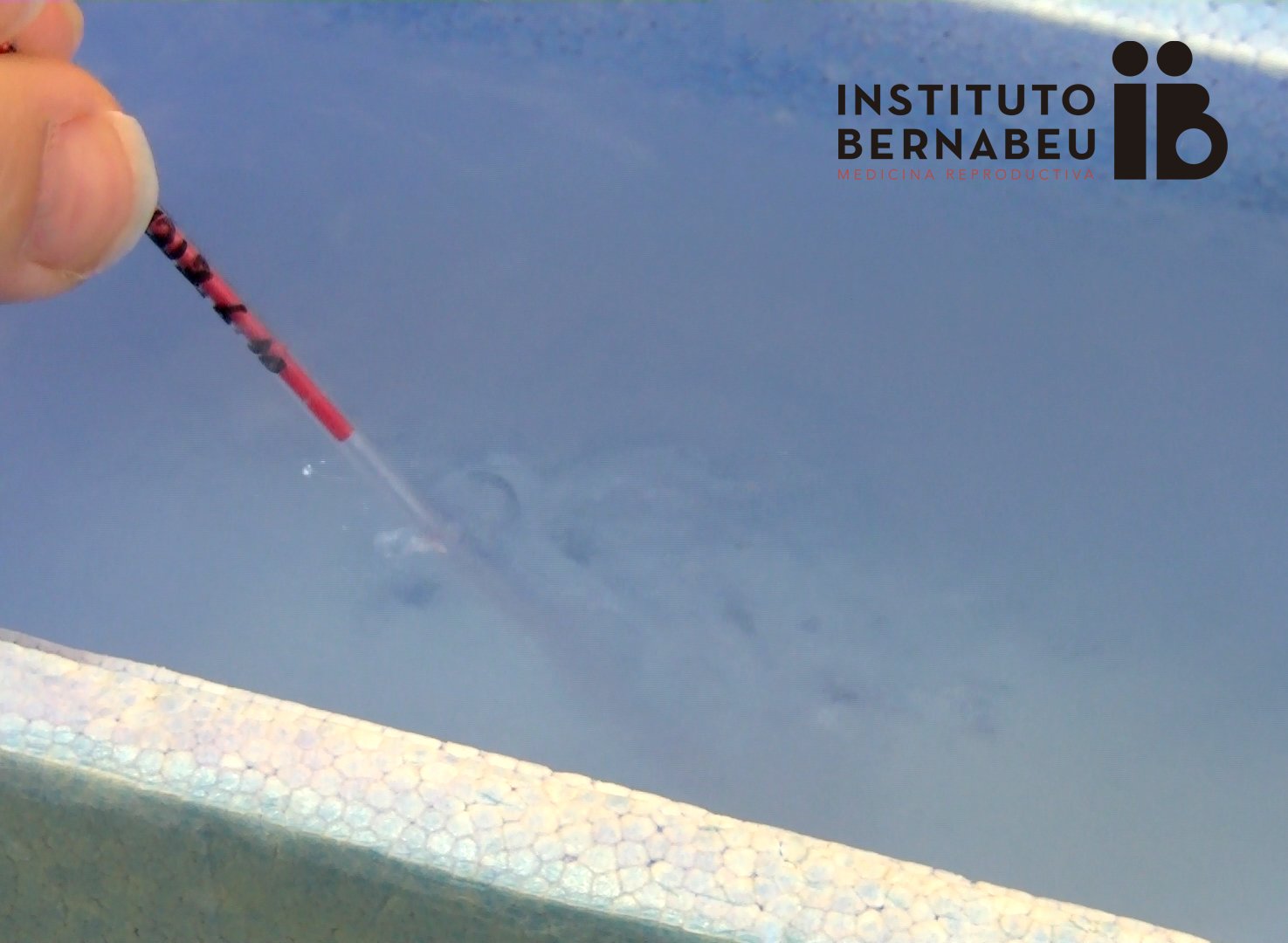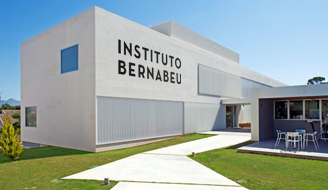IB research on the efficiency of oocyte vitrification: open system V closed system.
Vitrification almost entirely eliminates the most significant issue in freezing which is the formation of ice crystals. Carrying it out implies high concentrations of cryoprotectants and extremely fast cooling. One of the means of achieving such elevated cooling rates consists of immersing the sample directly in liquid nitrogen using open systems.
However, there is a fear of the potential risk of sample contamination through the particles in the nitrogen when open systems of this kind are used. The immediate answer lies in the use of closed systems that isolate the sample and avoid direct contact with the nitrogen, taking into account that this can have a negative impact on optimum cooling rates. This is particularly relevant in oocytes since, because of their characteristics, they do not respond well to cryogenic temperatures. Recent work has shown that warming speeds when defrosting are, in fact, more important than cooling rates.
When carrying out oocyte and embryo vitrification at moderate cooling temperatures, it was observed that survival rates were optimum when the warming rate was sufficiently high. Taking this principle into account, closed systems have recently been designed which make achieving very good results and eliminating safety issues seen in open systems possible. At Instituto Bernabeu, we decided to carry out research work with the aim of comparing the efficiency of oocyte vitrification in terms of survival and clinical results using an open system (Cryotop©) and a closed system (Safespeed©).
In line with our data, the use of the closed system does not affect oocyte survival and results are similar to those obtained with open systems. Additionally, the risk of contamination is eliminated. Whilst there have been no confirmed cases of contamination on a global scale in the field of reproductive medicine, it is expected that future European regulations will call for the use of closed systems that guarantee asepsis.
This is one of the 14 pieces of research work carried out at Instituto Bernabeu and accepted by the SEF (Spanish Fertility Society) scientific committee for its 31st National Congress to be held in Malaga between the 19th and 21st May.
COMPARISON OF THE EFFICIENCY OF OOCYTE VITRIFICATION USING AN OPEN SYSTEM AND A CLOSED SYSTEM. J. Guerrero, J. Ten, A. Rodríguez, J. Ll. Aparicio, R. Bernabeu









